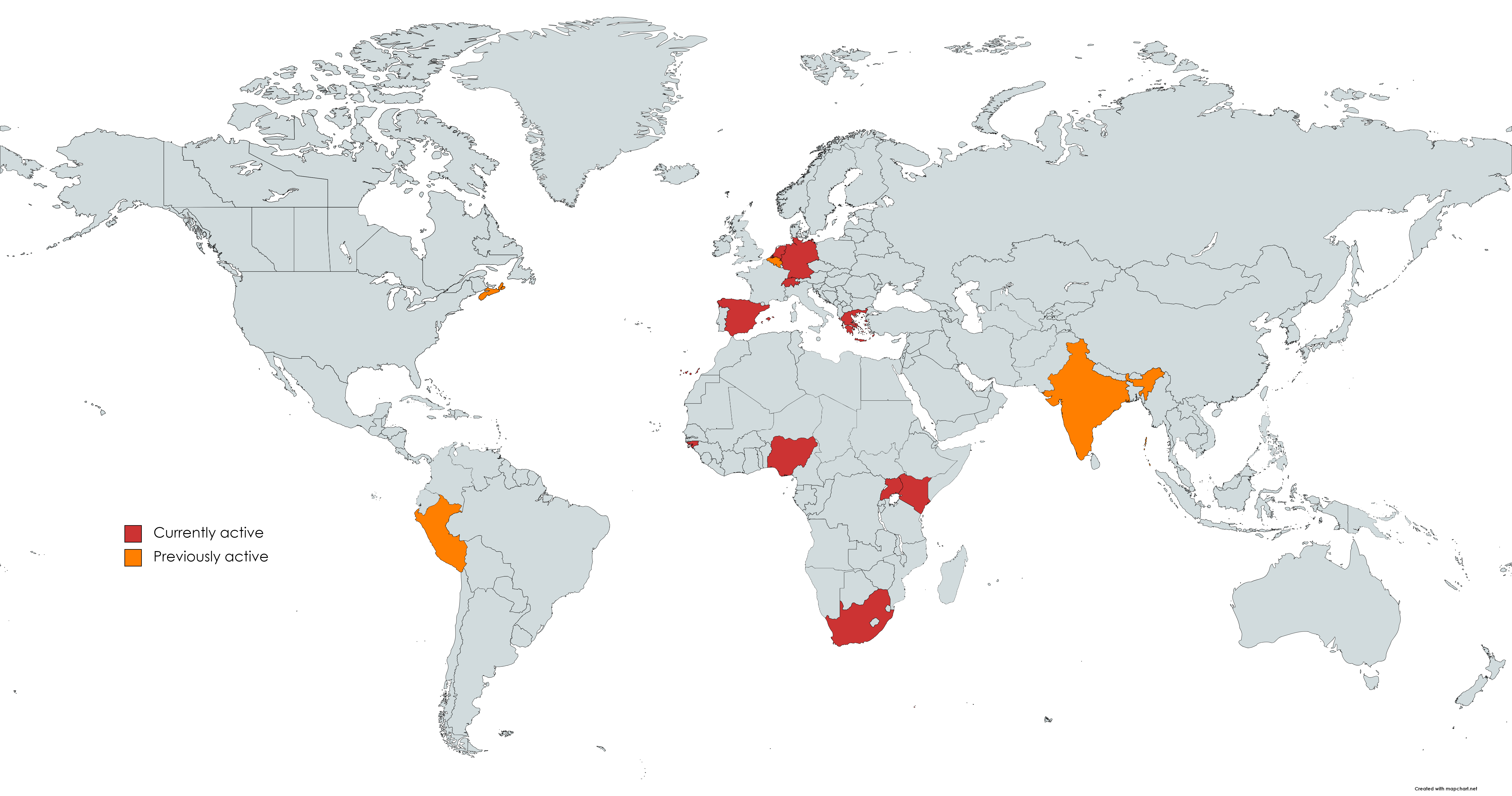Simulating Biological Systems Group

What do we do? We push innovations in biosystems, such as the human body and plant-based foods
How do we work? We do research & development to innovate products and services. We find problems, invent new solutions, and deploy them by working in interdisciplinary teams. Check out our innovations.
Which impact we want to have on society?
- Individualizing nutrition and drug delivery systems to the human body by developing new health interventions
- Reducing food loss and increasing plant-based foods' shelf life through postharvest technology
- Making postharvest supply chains resilient through better decision-making and logistics
- Helping to solve marine plastic pollution with new ghost-net cleanup technology
- Generating airflow with low energy consumption using ionic wind technology
Which methods do we use/ How do we do this?
- Pioneering physics-based simulations and data-driven modeling of transport processes in plant-based food systems and the human body at multiple scales
- Multi-parameter sensing, data fusion, data analytics, and data upcycling
- Creating digital twins that live together with their real-world counterparts to bridge the virtual to the real world
- Combining these twins with additional hardware to deploy cyber-physical systems
- Disseminating these digital tools to scientists and society via open-access mobile applications and tools
What are our educational activities? We teach a Master course @ ETH Zurich on Simulations and Sensors in Agri-Food Supply Chains (5 ECTS credits).
Group Leader SimBioSys
Prof. at Wageningen University
thijs.defraeye@empa.ch
+41 58 765 4790
PhD Position on Digital twins and sensing for heat stress prediction for human health
New MSc thesis position on finding ghost nets at the ocean surface
VentureKick 40,000 CHF prize for Ionic Wind Technologies spin-off
Keynote speech at the Thurgauer Technology Tag on “From flower to fork” - Digital twins for optimization of food production processes and food supply chains
Keynote speech at COMSOL Day on Food Engineering on Augmenting Insights into Fresh-Food Supply Chains via Digital Twins, Mobile Apps, and a Virtual Lab
